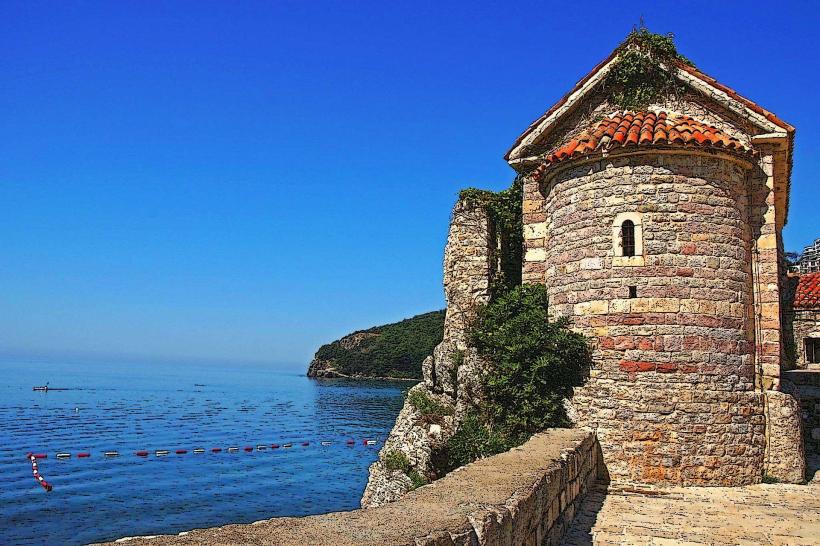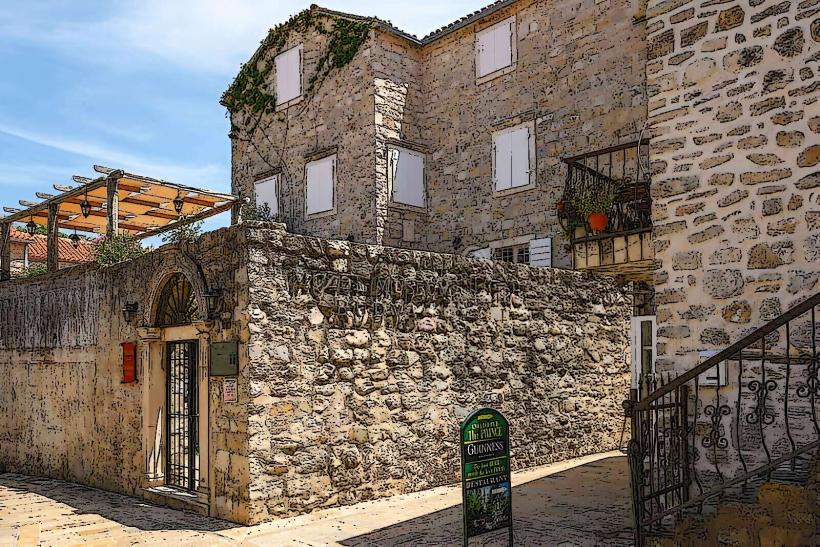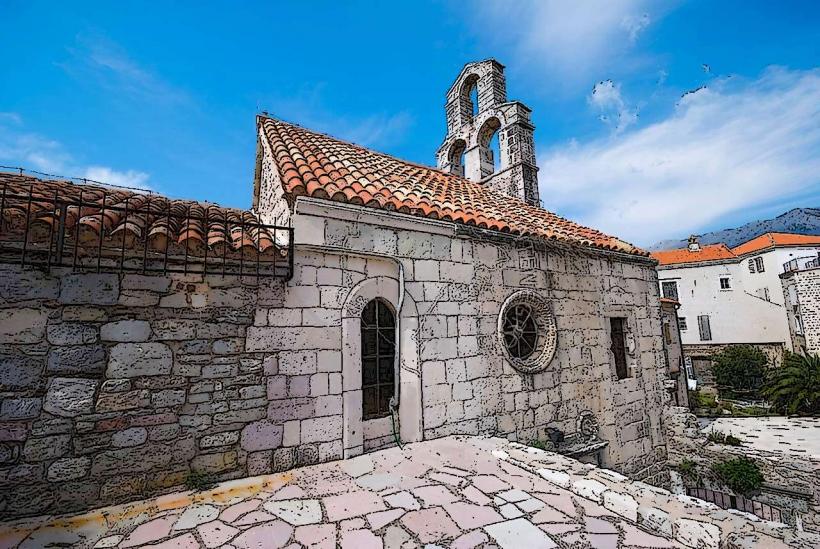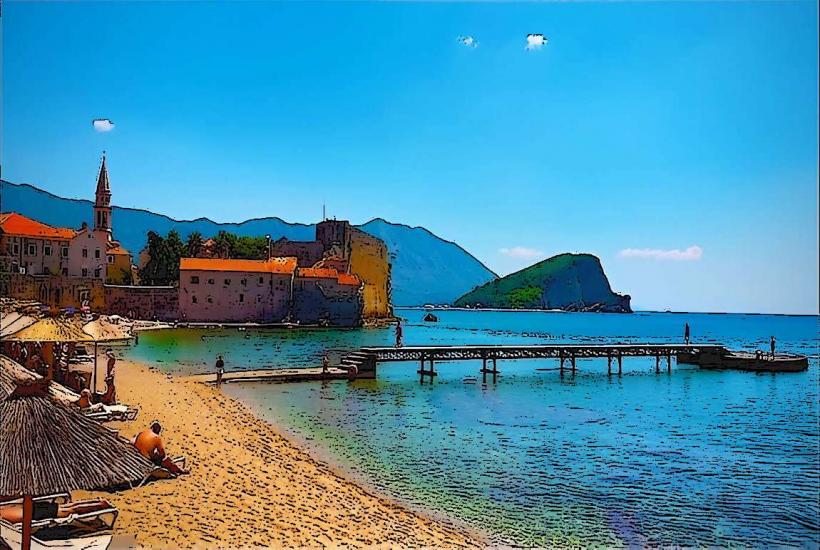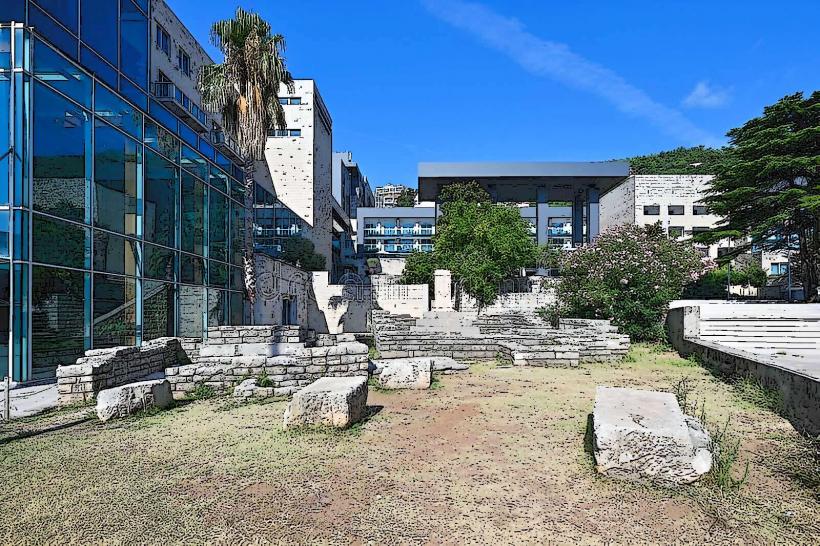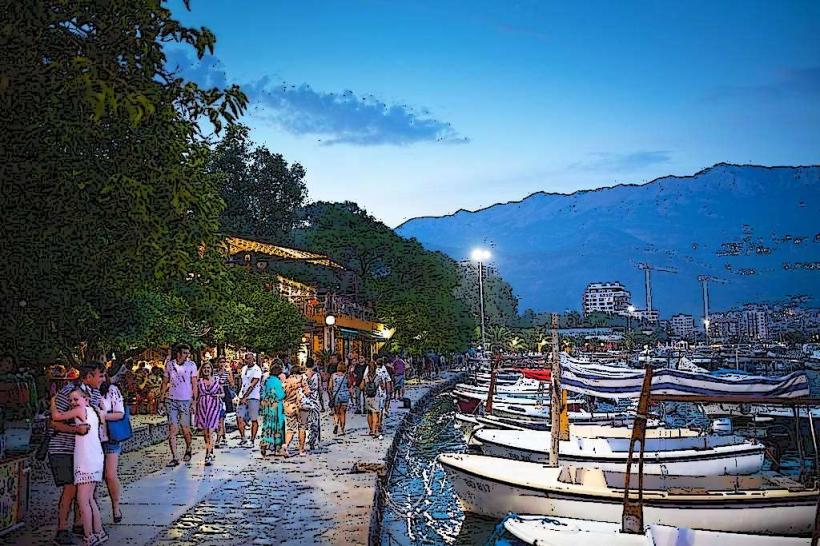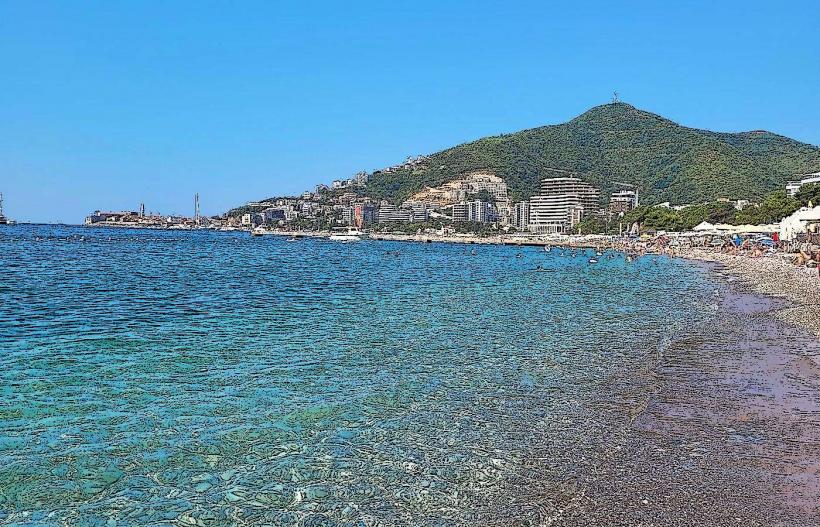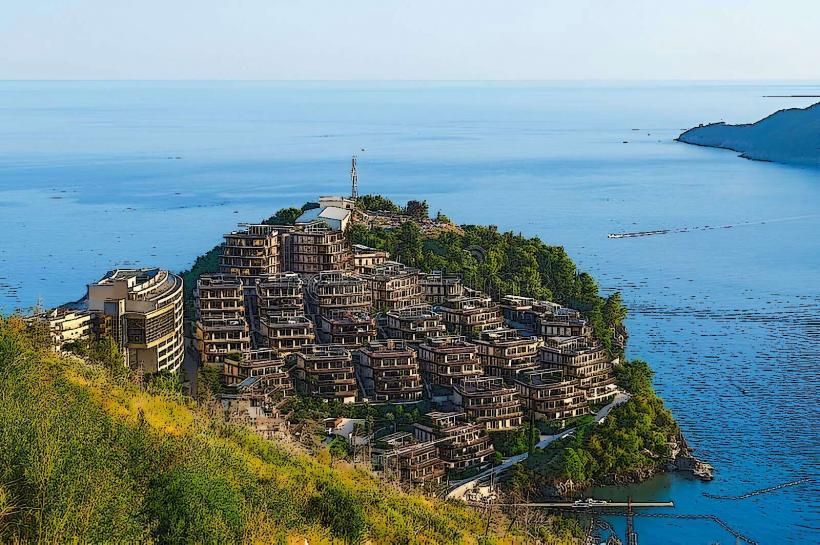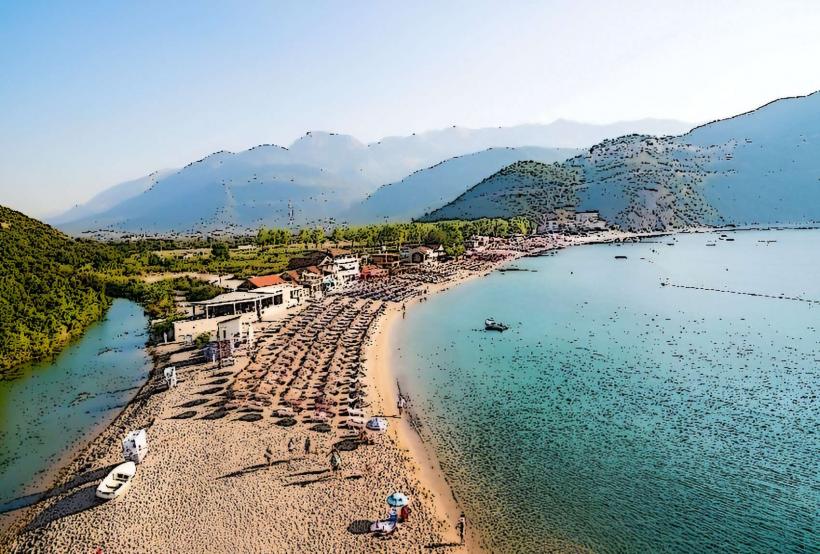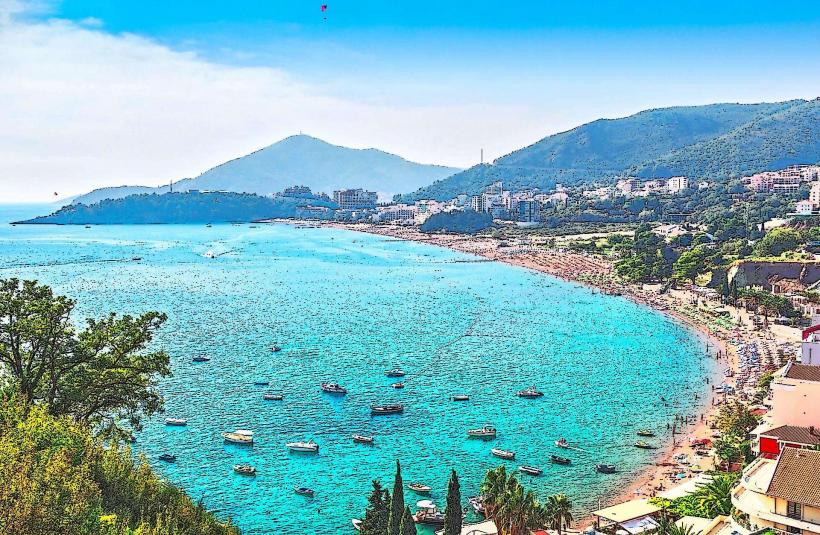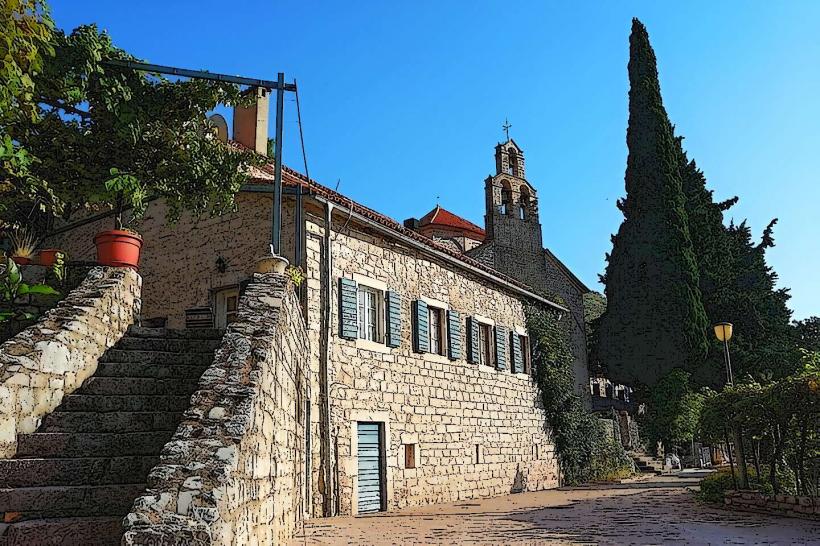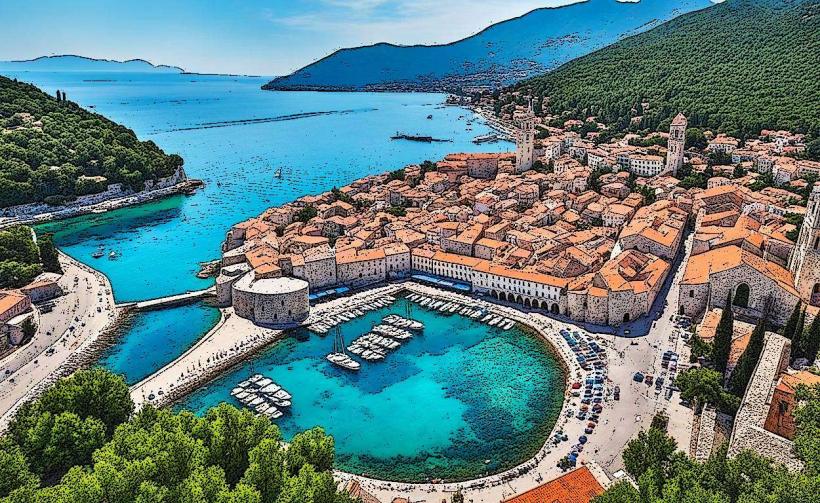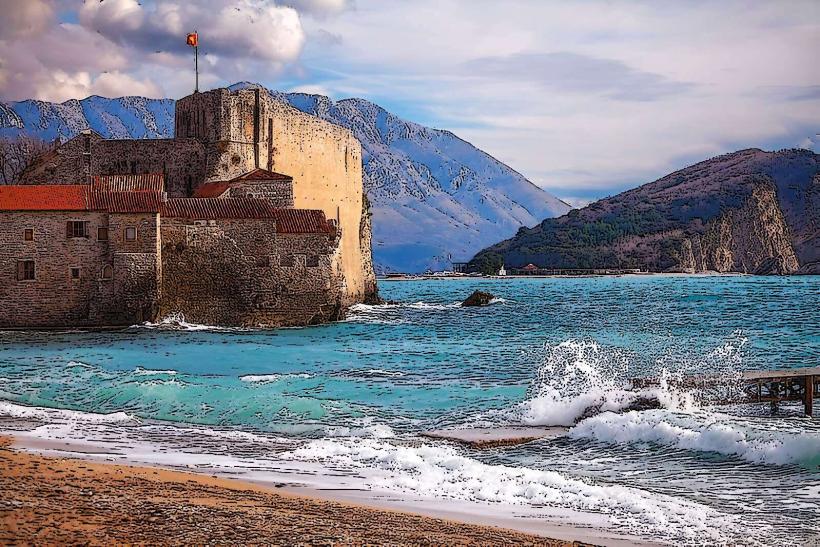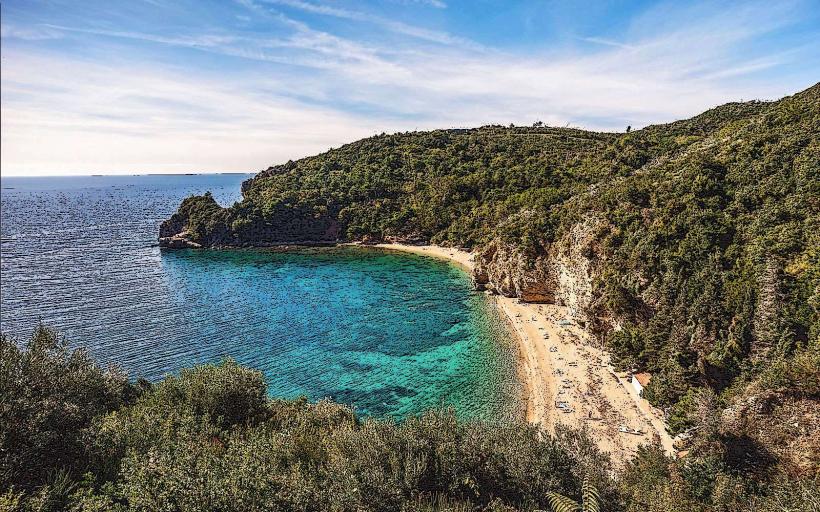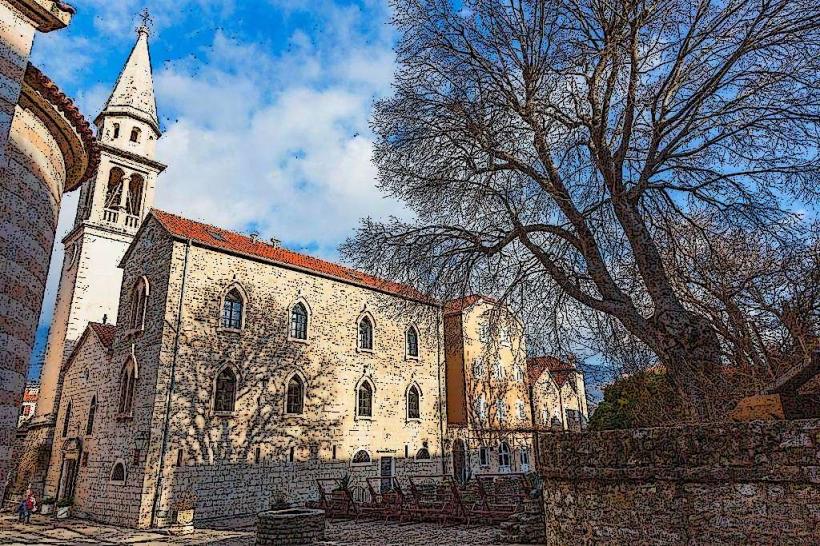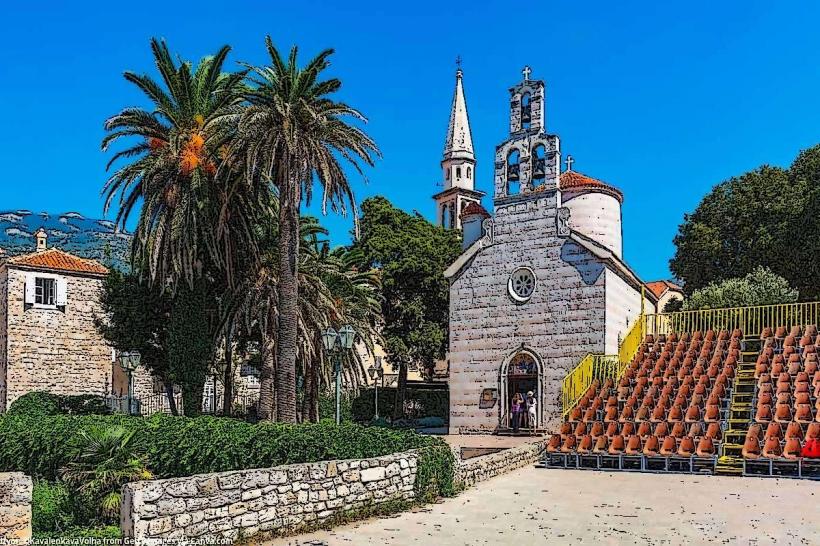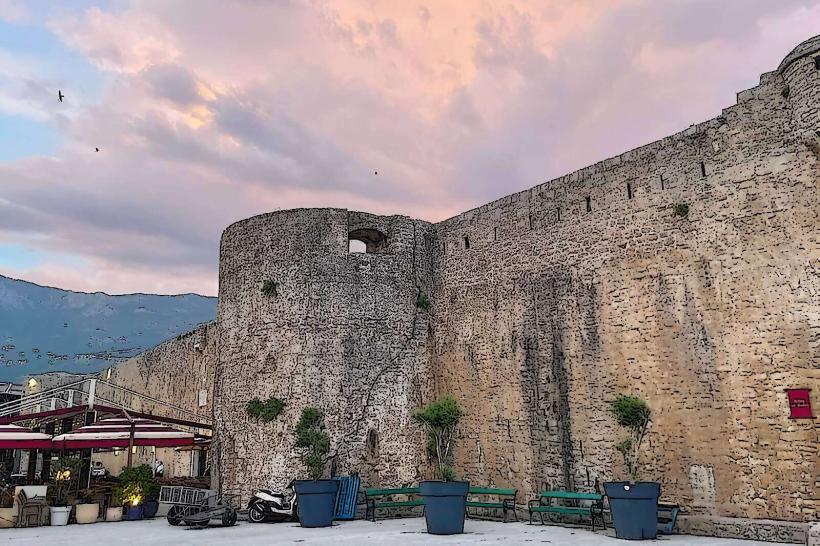Information
Landmark: Podmaine MonasteryCity: Budva
Country: Montenegro
Continent: Europe
Podmaine Monastery (Manastir Podmaine) is a significant Serbian Orthodox monastery located near Budva, Montenegro. Situated in the foothills of the Bjelopavlići Plain, the monastery is known for its spiritual importance, its historical legacy, and its picturesque setting amidst the stunning Montenegrin landscape. It is dedicated to the Assumption of the Virgin Mary and is a key religious site for the Serbian Orthodox Church in the region.
Historical Background
Foundation: The exact founding date of the Podmaine Monastery is uncertain, but it is believed to have been established in the 14th century. It has historically been a place of spiritual refuge and monastic life, with its significance growing during the Ottoman period, when Orthodox Christian sites like this were essential for preserving religious and cultural identity in the Balkans.
Historical Role: Over the centuries, the monastery has played a pivotal role in the religious life of the region. It is believed to have been a center of education, spiritual guidance, and artistic expression. Throughout the Ottoman occupation of the region, the monastery remained a stronghold of Orthodox Christianity, helping maintain the faith and traditions in the face of external pressures.
Cultural and Political Context: The monastery's history is closely linked to the complex political and religious changes in Montenegro and the broader Balkans. It has seen numerous historical events, including Ottoman invasions, Venetian influence, and the formation of the modern Montenegrin state.
Architectural Features
Structure and Design: The monastery complex consists of several buildings, including a main church, monastic cells, and an enclosure. The church is built in the traditional Serbian Orthodox style, with a central dome and iconostasis. Its interior is adorned with religious icons, which are a hallmark of Orthodox Christian art.
Church of the Assumption: The Church of the Assumption of the Virgin Mary is the most prominent building in the complex and serves as the primary place of worship. The church has a simple yet elegant design, with an altar space filled with icons and religious artwork. The iconostasis, an important feature in Orthodox churches, separates the altar from the congregation, and is typically decorated with paintings of saints, biblical scenes, and religious symbols.
Monastic Cells: The monastery also features monastic cells that house the monks who live and pray at the site. These cells are arranged around the church, with gardens and courtyards providing a tranquil environment for monastic life.
Frescoes and Art: The interior of the church and some of the monastic cells are adorned with religious frescoes that depict scenes from the life of Christ, the Virgin Mary, and various saints. These frescoes are not as famous as those in some other Montenegrin monasteries, but they offer an insight into the artistic traditions of the time.
Significance and Spiritual Role
Religious Importance: Podmaine Monastery is an active spiritual center for Orthodox Christians in the area. It holds regular services, especially during important liturgical events such as Christmas, Easter, and the feast day of the Assumption of the Virgin Mary (August 28), which is the monastery's patron saint day. It is also a place of pilgrimage for Orthodox believers seeking spiritual solace and a connection with the divine.
Cultural Preservation: The monastery has long been a center of Orthodox Christian life in Montenegro. It has preserved not only the faith but also traditions, including monasticism, iconography, and the liturgical calendar of the Serbian Orthodox Church. The monks of the monastery are involved in maintaining the cultural heritage of the region, keeping religious practices alive despite external challenges.
Monastic Life: Today, the monastery is home to a small community of monks who lead a life of prayer, meditation, and manual labor. Their day-to-day life is centered on the spiritual practice of the Orthodox faith, and they offer a place of retreat for pilgrims and those seeking peace and reflection.
Visiting Podmaine Monastery
Location: Podmaine Monastery is located just a few kilometers outside of Budva, making it easily accessible for visitors. It is nestled in a serene, forested area at the base of the Bjelopavlići mountain range, offering a peaceful retreat from the bustle of the nearby coastal towns.
Access: The monastery can be reached by car, with a short drive from the Budva city center. There is a marked road leading up to the monastery, and visitors can enjoy a scenic drive through the countryside on their way to the site.
Visiting Hours: The monastery is open to visitors year-round, but it is important to respect its role as a religious site. Visitors are encouraged to dress modestly and observe quiet and respectful behavior while on the grounds. The monastery may have limited visiting hours during religious services or special events.
Pilgrimages and Festivals: The monastery’s feast day on August 28, in honor of the Assumption of the Virgin Mary, is one of the most important events in the monastery’s calendar. During this time, the monastery attracts many visitors and pilgrims from across Montenegro and the region. There are typically special services, processions, and other religious activities to mark the occasion.
Cultural Experience: Visiting the monastery provides a unique opportunity to experience Montenegro’s religious heritage, as well as the peaceful monastic life that has been a part of the country's spiritual traditions for centuries. The monastery is also a great spot for anyone interested in the history and art of Serbian Orthodox Christianity.
Conclusion
Podmaine Monastery is a peaceful, historically rich site that offers visitors a deeper understanding of the spiritual and cultural heritage of Budva and Montenegro. With its long history, beautiful architecture, and serene setting, the monastery provides an important connection to the Orthodox Christian tradition in the region. Whether for spiritual reflection, cultural exploration, or simply to enjoy the tranquility of the natural surroundings, Podmaine Monastery is a must-visit destination for anyone traveling to Budva and interested in the religious heritage of the Balkan Peninsula.

